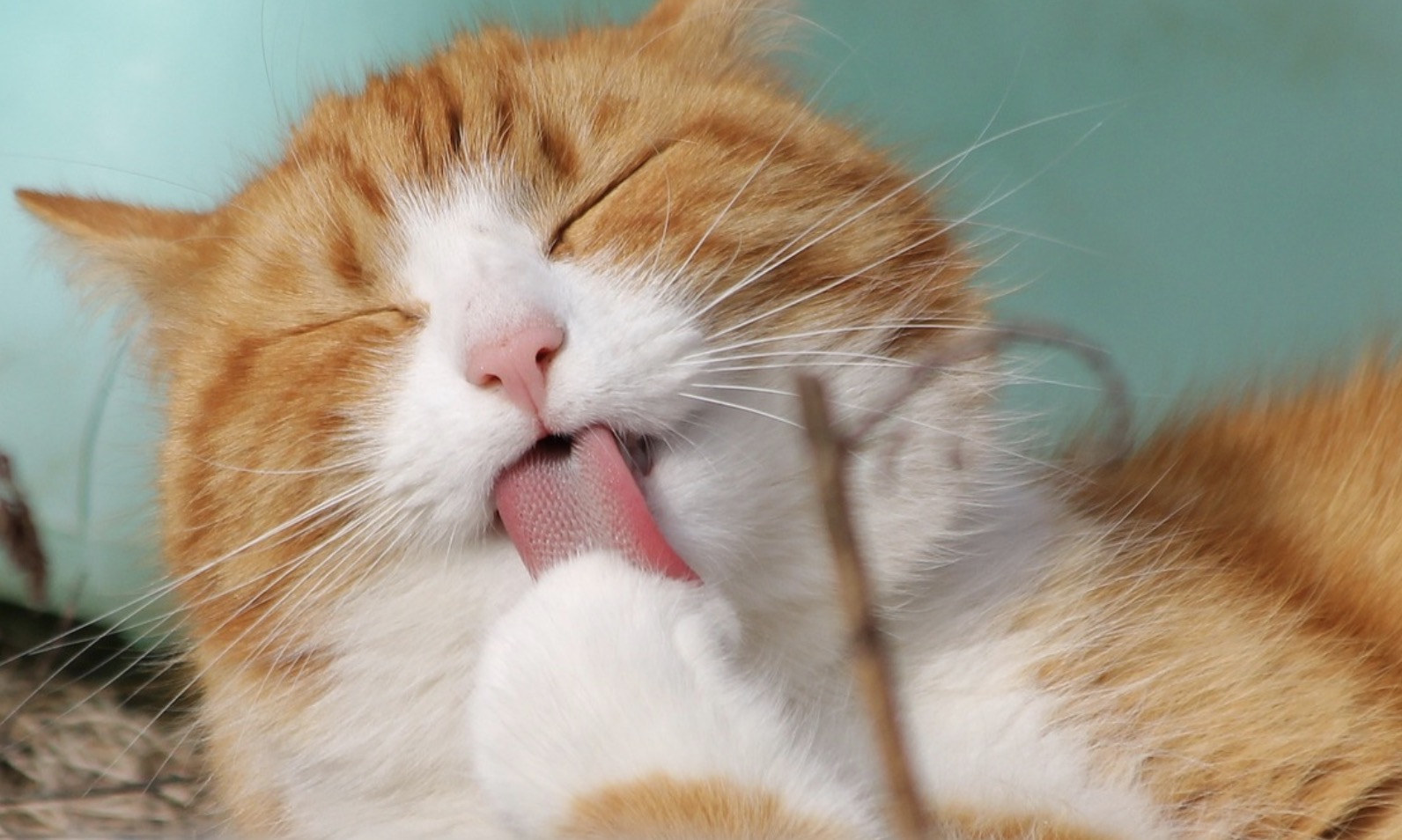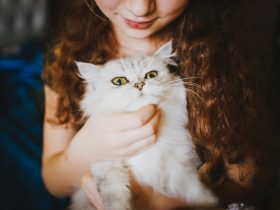When it comes to our pets, most of us have a pretty clear idea of what we’re looking for: a friendly dog, an affectionate cat, or maybe a mischievous hamster. But what about the costs involved? Are you aware that owning a pet can be an expensive affair? Besides the initial purchase cost and annual upkeep fees, there are other costs associated with owning a pet cat. In this article, we will take you through everything you need to know about the financial side of owning a cat so that you can make an informed decision before adopting one as your new family member.
Reader's Roadmap
Food and litter
Cats need a diet that contains protein to maintain a healthy body condition and minerals such as iron, potassium and sodium to maintain good health. Some pet owners choose to feed their cats a raw diet since cats consume a diet exclusively containing meat. However, this is not recommended for health reasons. While your pet cat can eat a mixed diet of meat and plant-based ingredients such as grains, cereals, and fruits, it is highly recommended that you feed it a species-appropriate diet.
Aside from the daily requirement of cat food, you will also need to consider buying a suitable litter for your pet. Cat litter is designed to absorb the waste produced by your cat so that you don’t have to clean up its mess. It can also help to avoid nasty urine odours around the house. If you ever encounter persistent encounter persistent urine odors, using an enzymatic cleaner designed for pet stains can effectively neutralize them.
Regular check-ups, vaccinations, and treatments for illnesses
Like people, your cat is prone to common diseases and sometimes needs to be treated. While many of these procedures can be done at home, they may require consultation with a veterinarian. This is especially true if your cat is sick or shows any signs of injury or illness.
Preventative care is also important. Regular check-ups can catch any underlying illnesses and keep your cat from developing serious health problems down the road. For example, one of the most common conditions includes feline lower urinary tract disease. FLUTD is common in middle-aged cats and is incurable. It is not serious in itself, but it can lead to many more complications along with recurring symptoms.
Also, cats that are regularly treated and cared for heart disease, diabetes, or kidney diseases can end up costing you quite a lot. If your pet cat requires constant medical treatment, it could end up costing you several thousand pounds.
Pet insurance
Pet owners may consider getting a cat insurance plan to help protect them against any potential major incident, such as their cat being injured or getting sick. It can cover a variety of things, including medical bills and travel costs in the case of a pet getting sick while away from home.
Other coverage may include routine check-ups and vaccinations, as well as medical costs incurred during a necessary procedure such as neutering or spaying. Pet owners can get better peace of mind knowing that their beloved pet is well taken care of in case something happens.
Cat toys to keep your pet entertained and comfortable
Cats are naturally curious creatures, which makes them potentially destructive. To help keep your cat’s curiosity in check and to prevent bad behaviour, it’s recommended that you provide your cat with plenty of toys. Some cats are naturally curious and may need a toy to keep them busy. Apart from providing your pet with enough toys and treats, you can also keep your cat’s environment as safe as possible. If your pet cat likes to sharpen its claws on furniture, keep its claws trimmed regularly.
You may also want to invest in a cat bed or cat cradle to help your cat feel comfortable while they are indoors. These can provide your cat with a nice resting place and help to keep them away from the furniture while they are sitting in one place. It is important to keep in mind that cats are natural climbers and jumpers, so a cat bed that is too soft or is not sturdy enough could put your cat at risk of being injured.
Microchipping
Microchipping your cat is the next best thing to having a chip-enabled collar. A microchip is a tiny device about the size of a grain of sand that is implanted under the skin between your cat’s shoulder blades. It provides your pet cat with a unique identifier that can be read using a scanner. If your cat gets lost or its collar is lost, the microchip can be scanned to locate the owner. There are many advantages to having your cat microchipped, including reducing the likelihood of it getting lost. Some microchip readers can also be linked to a smartphone app, which may be useful if your cat gets lost.
Special dietary requirements
Cats may have special dietary requirements depending on many factors, including age, health, type of breed, etc. Food allergies are often common in cats and may require a doctor’s visit in case the symptoms are severe. If your cat has food allergies or is allergic to certain environmental contaminants, it may need to be fed a special diet. If your cat has an unusual dietary requirement, such as a specific breed of food or food that must be given with a certain consistency, you may have to adjust your daily routine to accommodate the new dietary requirement.
Training classes to help improve behaviour
If your pet has developed bad habits, you may want to consider taking a training class to help improve its behaviour. While cats may not always be the most receptive to training, they can be trained to become more comfortable around people and other pets. Some cats are naturally shy and may benefit from social training, which can help them interact better with humans and other friendly animals, such as dogs and other house pets. Some cats may benefit from life-management training, which helps owners gain better control over their pets’ daily activities such as when the cat goes to the bathroom, how much the cat eats, and when the cat is allowed to play.
Final words
Owning a cat can be a rewarding experience, but it does come with certain expenses that you need to be aware of. Depending on the breed, cats can live up to 20 years, so be sure to factor in the long-term costs of food, vet bills, litter, and so on before you decide to adopt one. Responsible pet ownership requires commitment and dedication, and understanding the financial implications of taking on a pet cat is the first step towards providing them with a loving and caring home.







Leave a Reply
View Comments